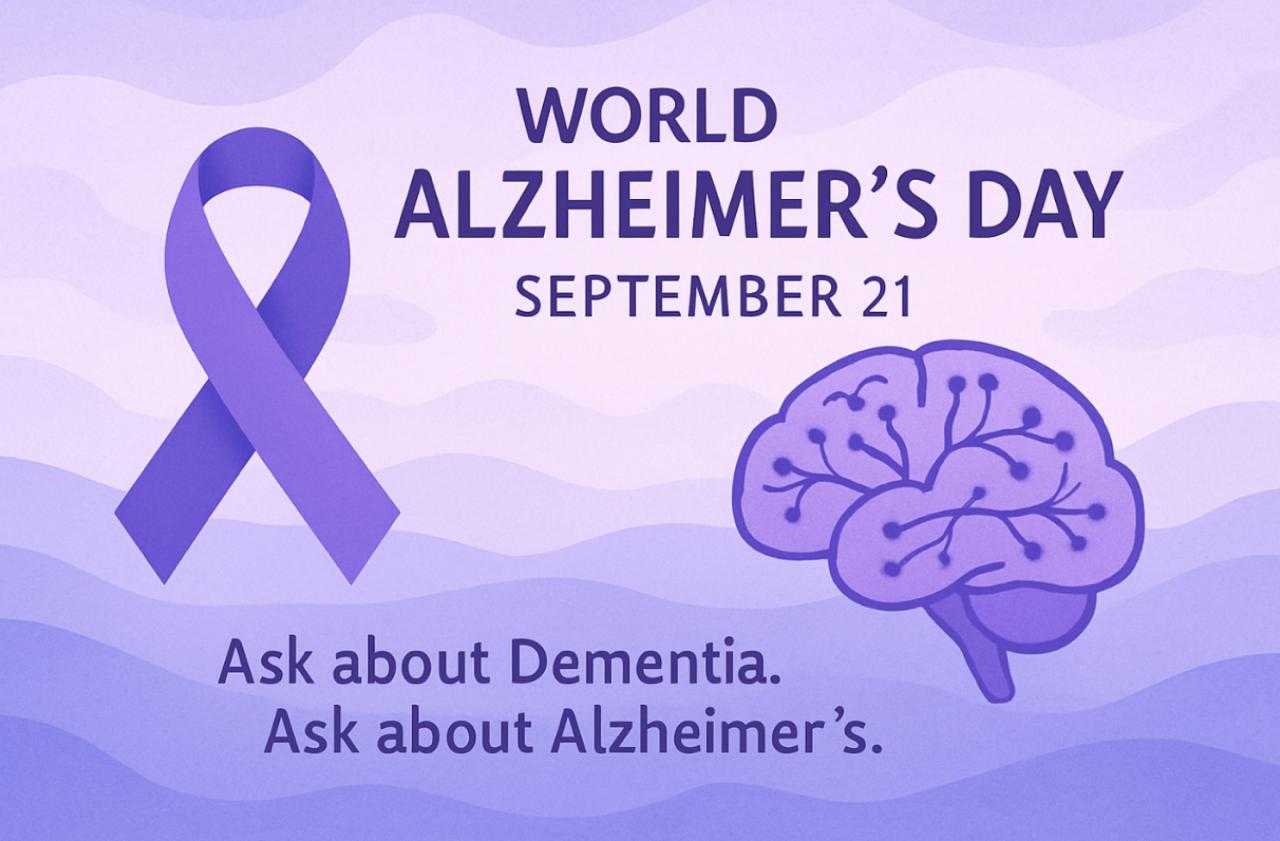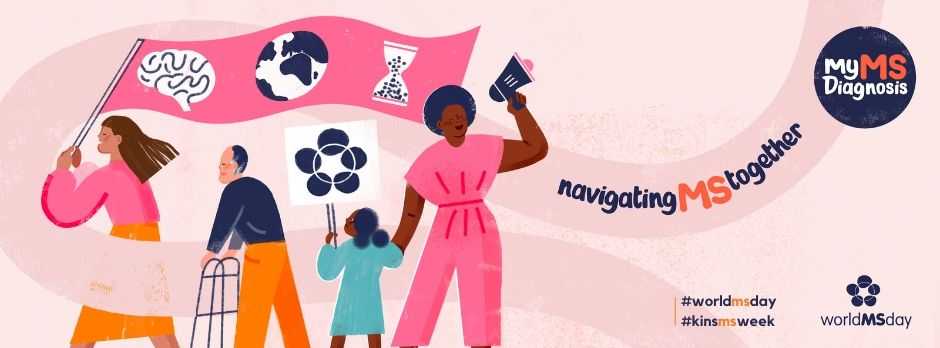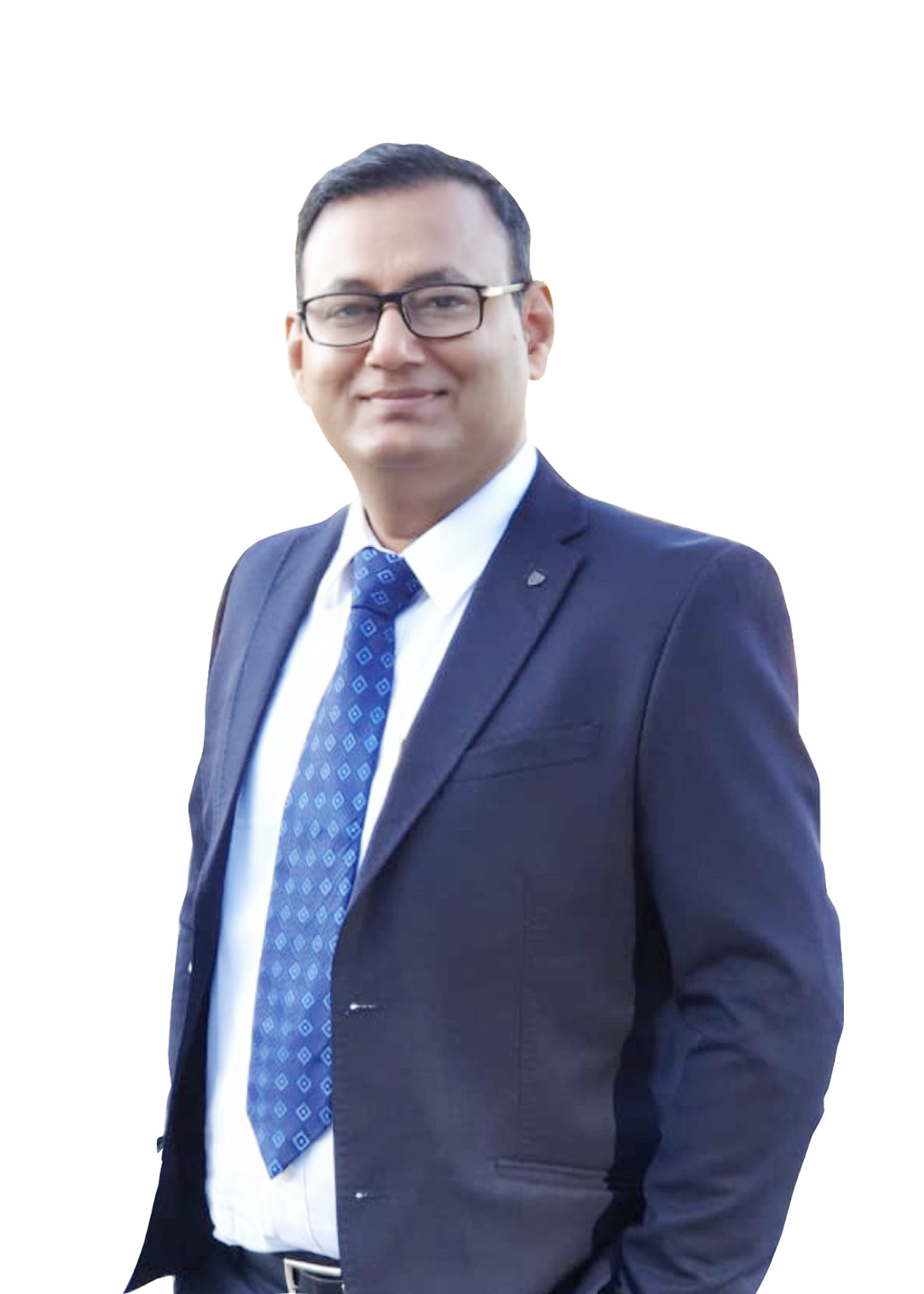
Stroke is one of the top leading causes of death and disabilities worldwide, impact of which could be underscored by the statement- “there is one new stroke every other second, every six seconds stroke kills someone, and one in six will have stroke during his lifetime”. Stroke is defined by the World Health Organization as ‘a clinical syndrome consisting of rapidly developing clinical signs of focal (or global in case of coma) disturbance of cerebral function lasting more than 24 hours or leading to death with no apparent cause other than a vascular origin.’ A transient ischaemic attack (TIA) is defined as stroke symptoms and signs that resolve within 24 hours.
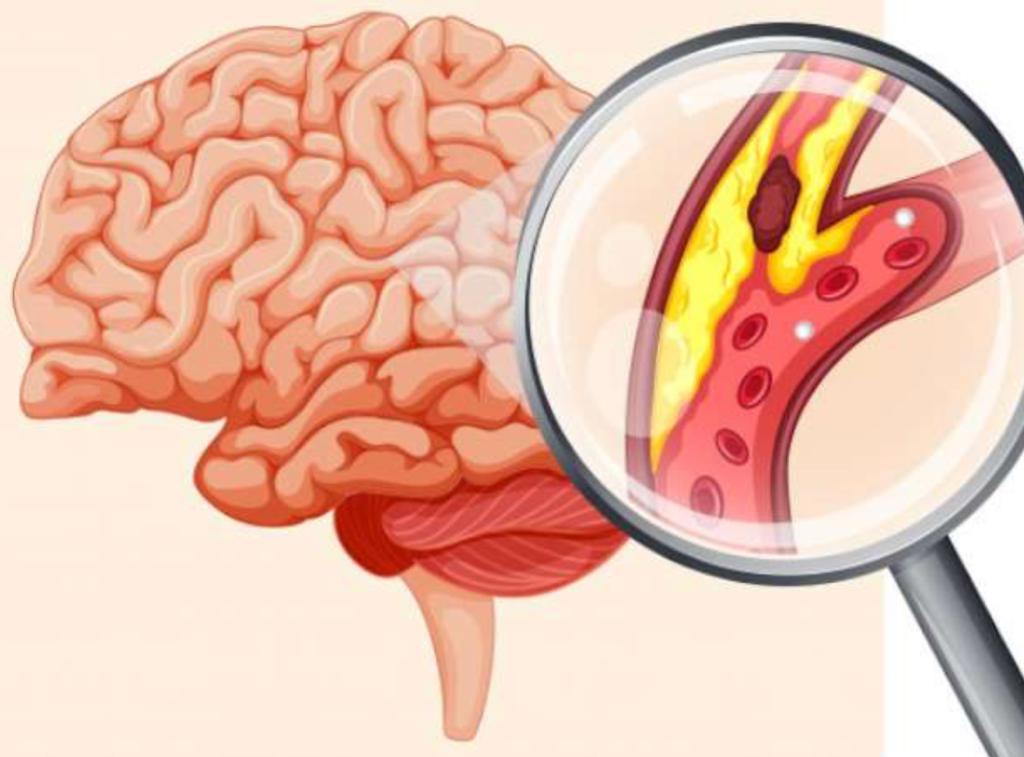
There are mainly two types of stroke, viz. ischemic stroke (85%), wherein the blood supply to the brain is obstructed, and hemorrhagic stroke (15%), wherein the blood vessels get ruptured within the brain leading to extravasation of blood in the brain parenchyma. Both the types of stroke lead to abrupt neuronal dysfunction mediated by energy failure, neurotransmitters release and mechanical effects.
Get a patient within golden time frame since the stroke onset, i.e. 3 hours or even extended window period i.e. 4.5 hours remains elusive in our part of the country, and that is for two main reasons, viz. unawareness on the part of general mass and basic care physicians and non availability of stroke centres within 3-4 hours reachable distance. For the former, we need to create awareness amongst the population through contact programs and disseminate information via print and electronic media. We need to sensitize our basic care physicians by way of CMEs, seminars, workshop etc. For the later, government should take initiative to establish stroke centres in all medical colleges and district hospitals and to collaborate with and facilitate the private hospitals for establishing ones.
Stroke is a time sensitive entity and rapid evaluation by the efficient stroke-team remains the key to an effective management. A stroke-team essentially comprises of a neurologist, neurosurgeon, radiologist, trained residents, nursing staffs and critical care support. Whenever a patient of stroke comes to the emergency triage, stroke team should be put at alert and the first thing they should do is to establish the diagnosis of stroke, which can easily be done by applying FAST and ROSIER.

Hindi version of FAST i.e. BaChAW.
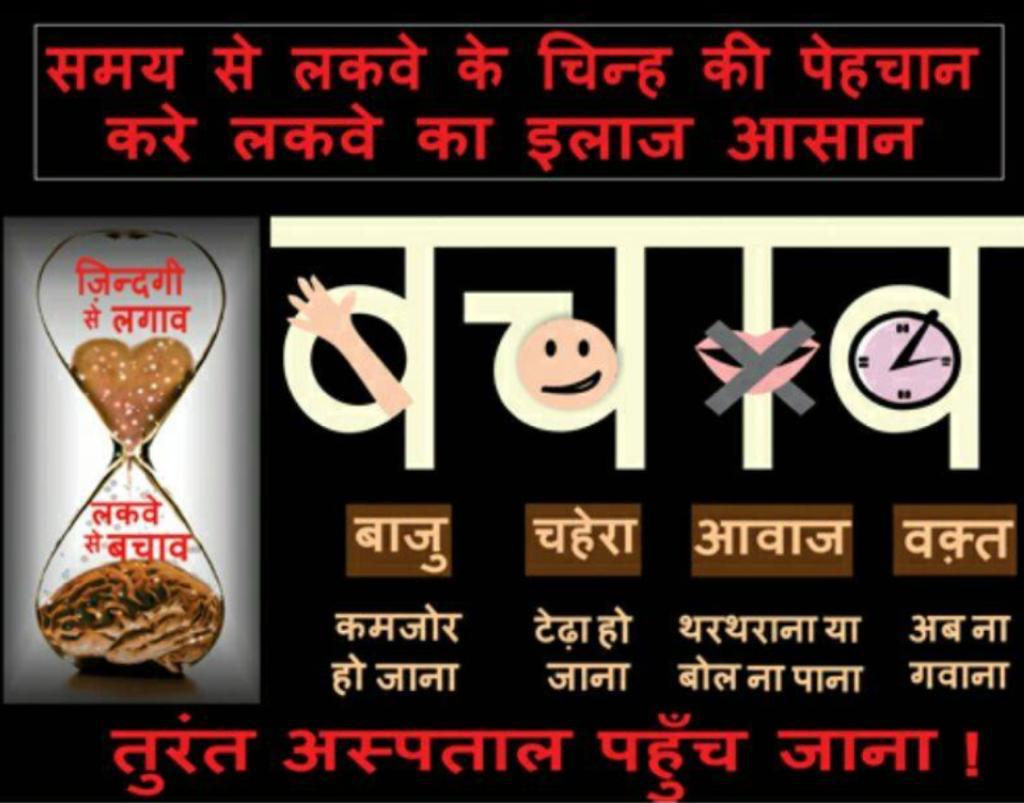
BaChAW is easy to administer with almost equal result in Indian context. Second step is to ascertain whether the patient still within window period, i.e. 4.5 hours. Always ask the patient, if conscious, or witness regarding the occurrence of first (minimal) symptom and put it on record with precise timing, if possible.
So there are two possibilities; one, no stroke, and then look for the other possible causes of the paroxysmal neurological event and manage them accordingly, and the second, yes stroke.
Now in the second scene, we again have two possibilities; one, stroke out of window period, where thrombolysis automatically goes out of context but we need to be urgent in starting secondary prevention, neuroprotection, risk factor management, neuro-rehabilitation and supportive care, and the second, stroke within window period, where we need to be lightening fast. The moment stroke within window is established, i.v. cannula should be put in both arms, sample drawn and sent for CBC, RBS, BT, CT, PT, aPTT along with routine LFT, KFT etc., quick cardiac evaluation and ECG should never be forgotten.Patient should be rushed to CT scan.
Now again there could be two possibilities; one, NCCT head may show hemorrhagic stroke, where there is no question of thrombolysis but we need to efficiently manage the risk factors like hypertension, diabetes, coagulopathies etc, and keep the intracranial pressure within normal limits by medical and surgical means along with the general care of stroke patients.
The second possibility is no hemorrhage, in this case ideally diffusion perfusion study of the patient should be done to map the penumbral area, which forms the target for thrombolysis. Now, residents should quickly check with absolute contraindication lists like big infarcts (more than 1/3rd of the territory), recent trauma, surgery, GI or other bleeds, anticoagulation status etc. and put them on record.
So again there are two possibilities, based on the above contraindications: no-thrombolysis, then initiate the general treatment for ischemic stroke with thrust on risk factors management and neuro-rehabilitation,
or yes-thrombolysis, where we need to follow the following path. Before thrombolysis a resident should record NIHSS score, which can easily be done these days using smart phone app. BP should be less than 185/110 mm of Hg, if above this, then give labetalol bolus or start infusion. CBG should be kept in euglycemic range, below 60mg/dl or above 400mg/dl should be managed accordingly. Patient care givers should be duly counseled of risks and benefits of the therapy and a properly signed consent should be received. If everything in place, start thrombolysis with alteplase (tPA), dose is 0.9mg/kg (maximum 90mg), ten percent of which is given in bolus and the rest is infused over sixty minutes. If there occurs any deterioration in sensorium or significant rise or fall of BP or alteration of other vitals, abandon thrombolysis and get an urgent NCCT head to look for evidence of hemorrhages, mass effect, midline shift etc., if any of them present, seek neurosurgical help. If everything is going well, BP should be taken every 15 min during the course of thrombolysis, every 30 min for first 6 hours and hourly for 24 hours. Any rise above the permissible range should be managed with IV antihypertensive medications (labetalol, nifedipine etc.). Record NIHSS score at the end of thrombolysis, at 6 hours and 24 hours. Antiplatelet should be started after 24 hours of thrombolysis if no significant hemorrhagic transformation or hematoma evident on NCCT head. Rest of the care remains the same as stroke out of window. Thrombolysis in appropriately selected patients is associated with better clinical outcome, as judged by modified ranking scale, at 90 days (47 Vs 33).
To summarize, stroke unit with trained personnel is the need of the hour, all patients of paroxysmal neurological event should be screened for stroke, all patients of stroke should be screened for the need of thrombolyis, and all appropriately selected patients of ischemic stroke should be offered thrombolysis, after discussing the risks and benefits, without delay, ‘coz minute means brain.


